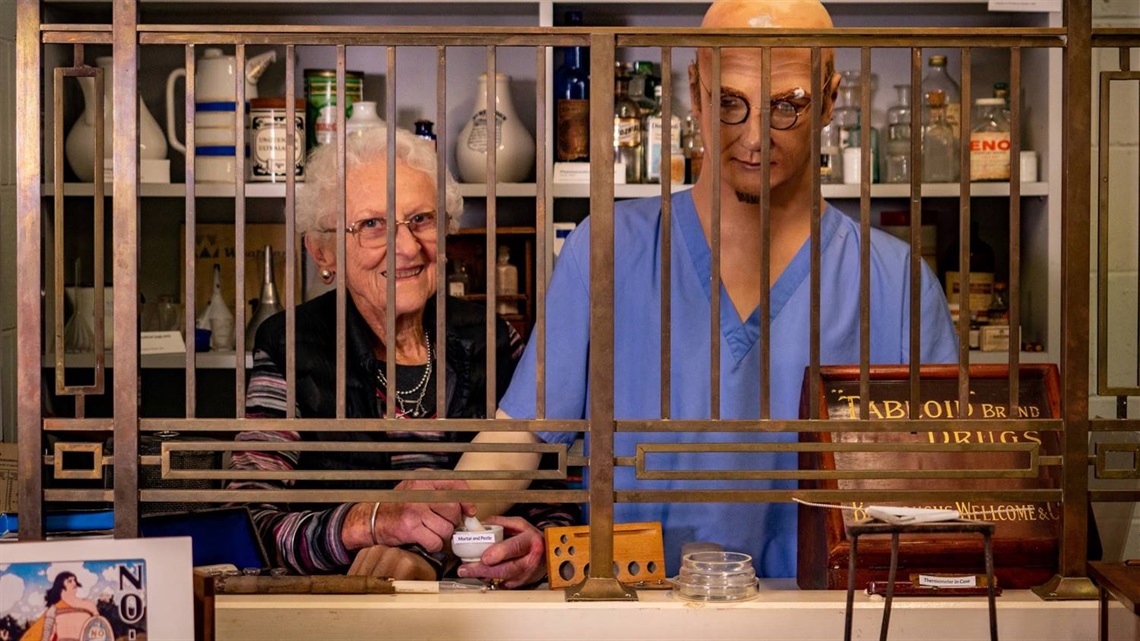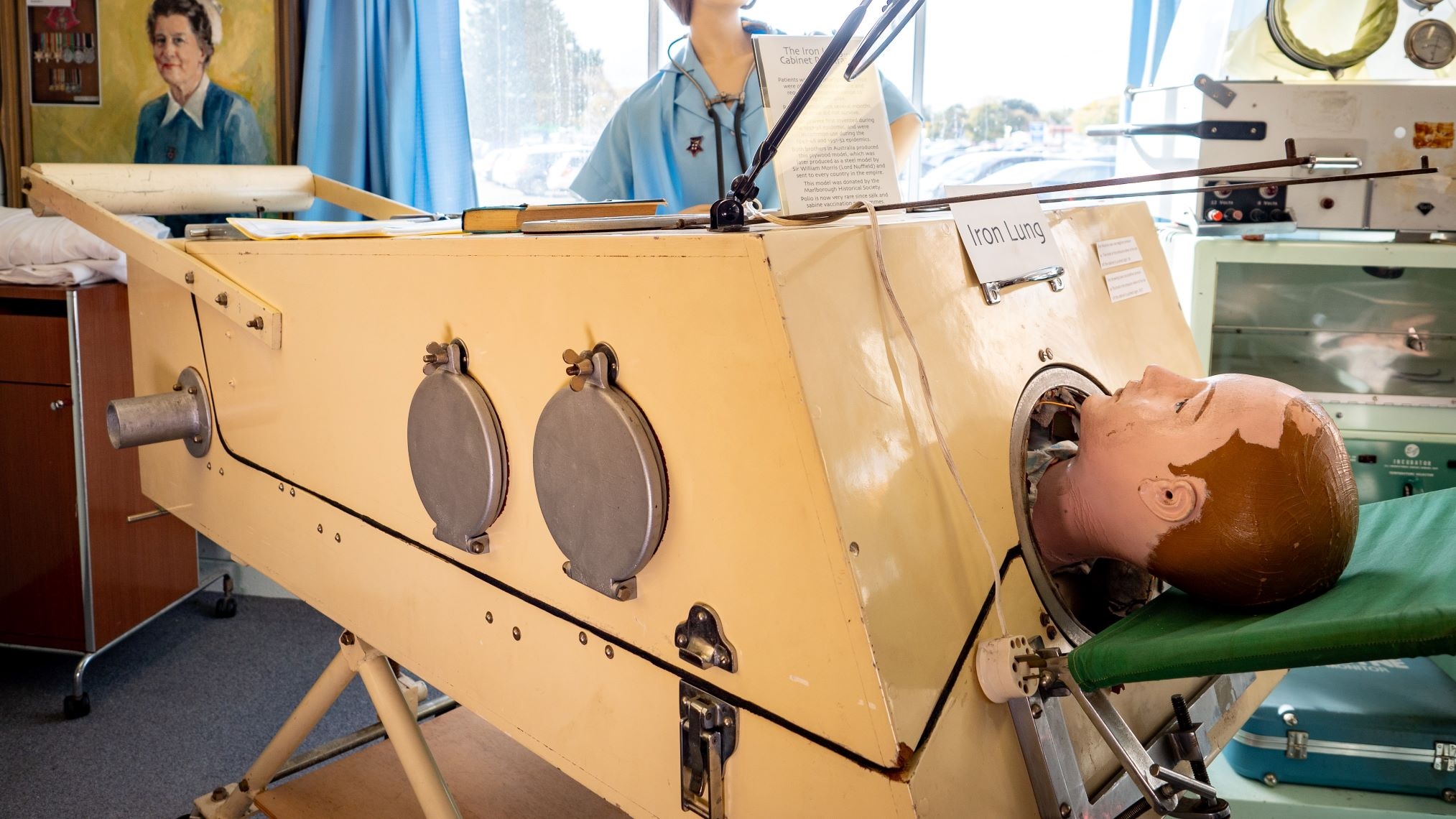Medical marvels
Published on 21 July 2021

Did you know our hospital hosts a precious pocket of health history? In fact, the collection of medical memorabilia at Palmy's David Warnock Medical Museum is the largest of its type in New Zealand.
An "iron lung", anaesthetic machines, dental equipment and operating tables are part of a treasure trove of medical memorabilia awaiting discovery on the Palmerston North Hospital campus, just a short walk from the main hospital block.
The David Warnock Medical Museum was established in 1980 by Dr David Warnock, a collector of medical mementoes who worked as a consultant at the hospital.
When former ear, nose and throat surgeon Dr Neil Little died in 1979, Dr Warnock was asked to care for Dr Little's collection of medical memorabilia. A permanent place for it was eventually found in one of the former sub-acute mental health buildings on the Heretaunga Street side of the hospital campus.
The museum now houses an extensive collection of medical instruments and equipment, including orthopaedic instruments, hearing aids, lab equipment, ophthalmic equipment, an iron lung, anaesthetic machines, dental equipment and operating tables. It also has old staffing uniforms and a library of old textbooks.
Items of interest range from the New Zealand wars to the present day, illustrating how medical equipment and procedures have evolved during the past 100 years. The collection is now recognised as the largest of its type in New Zealand.
Lead volunteer and former dental nurse Micki Tyler says the museum's iron lung captures the attention of visitors – the device helped people breathe after they had been affected by polio, a viral disease that today is prevented through vaccination.
"June Opie, who was in an iron lung for some time, described it in her book, Over My Dead Body: Forty Years on, as 'like a coffin on wheels'."
 June Opie's book and an iron lung are on display.
June Opie's book and an iron lung are on display.
From the rebuilt old pharmacy, a beady eye watches over museum visitors. "From behind the grille, the pharmacist spots you as soon as you walk in and looks as if he is going to say '˜What are you doing in here!'."
Meanwhile, the surgeon in the mock theatre looks relaxed, in spite of the antiquated anaesthetic equipment. "It still did the same job of putting you to sleep and waking you up!" Tyler says.
Maternity care has also progressed, demonstrated by a nursing trolley that held 12 newborn babies that were kept in the nursery until feeding time. "Rumour has it they did get mixed up when they were delivered to their mums for feeding."
The gas masks are a reminder of the trials of war – they were issued to everyone in Britain at the start of World War II. "There were baby gas mask with bellows, Mickey Mouse ones for children, and civilian ones as well as military. They had to practise using them every day," Tyler says.
The museum is administered by a charitable trust, which was incorporated in 2001, and has been open to the public since 2007. The trust acquires, stores, preserves, displays and interprets items of historic and educational medical interest, and is chaired by geriatrician Dr John Bourke. A group of dedicated volunteers run the museum and staff it during open days.
Visit the museum
The museum is open on the first and third Friday of each month from 2pm to 4.30pm, or by request for group visits. The museum is located at Palmerston North Hospital, near Gate 5, Heretaunga Street.
This story was originally published in the winter 2021 issue of PalmyProud. Read the latest issue.